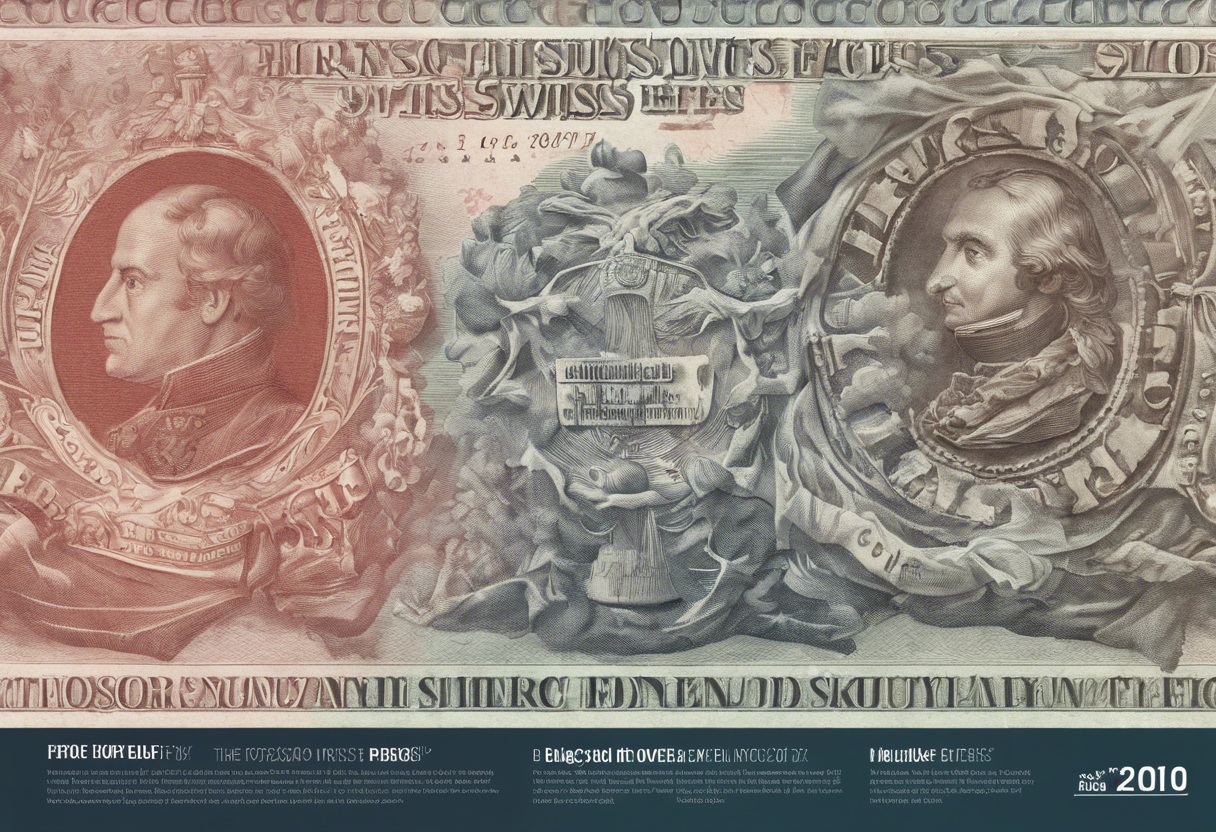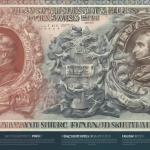The Swiss franc, commonly referred to as CHF, is the official currency of Switzerland and Liechtenstein. Known for its stability and strong value, the Swiss franc has a rich history dating back to the 19th century. Before the introduction of the Swiss franc, Switzerland was a country of diverse currencies and bartering systems. However, in 1848, the Federal Constitution declared the Swiss franc as the sole currency of the country, bringing about a new era of economic stability.
Throughout the 20th century, the Swiss franc continued to evolve as the country adopted a neutral stance during both World Wars. This neutrality allowed the franc to remain stable while neighboring European countries dealt with the consequences of war. In the 1970s, the Swiss franc saw a significant increase in value due to its reputation for being a safe haven currency. This led to the adoption of the “floating franc” system, where the value of the currency is determined by supply and demand rather than being pegged to other currencies. Today, the Swiss franc remains a strong global currency and is widely used in international trade, making it a symbol of Switzerland’s economic success and stability.





